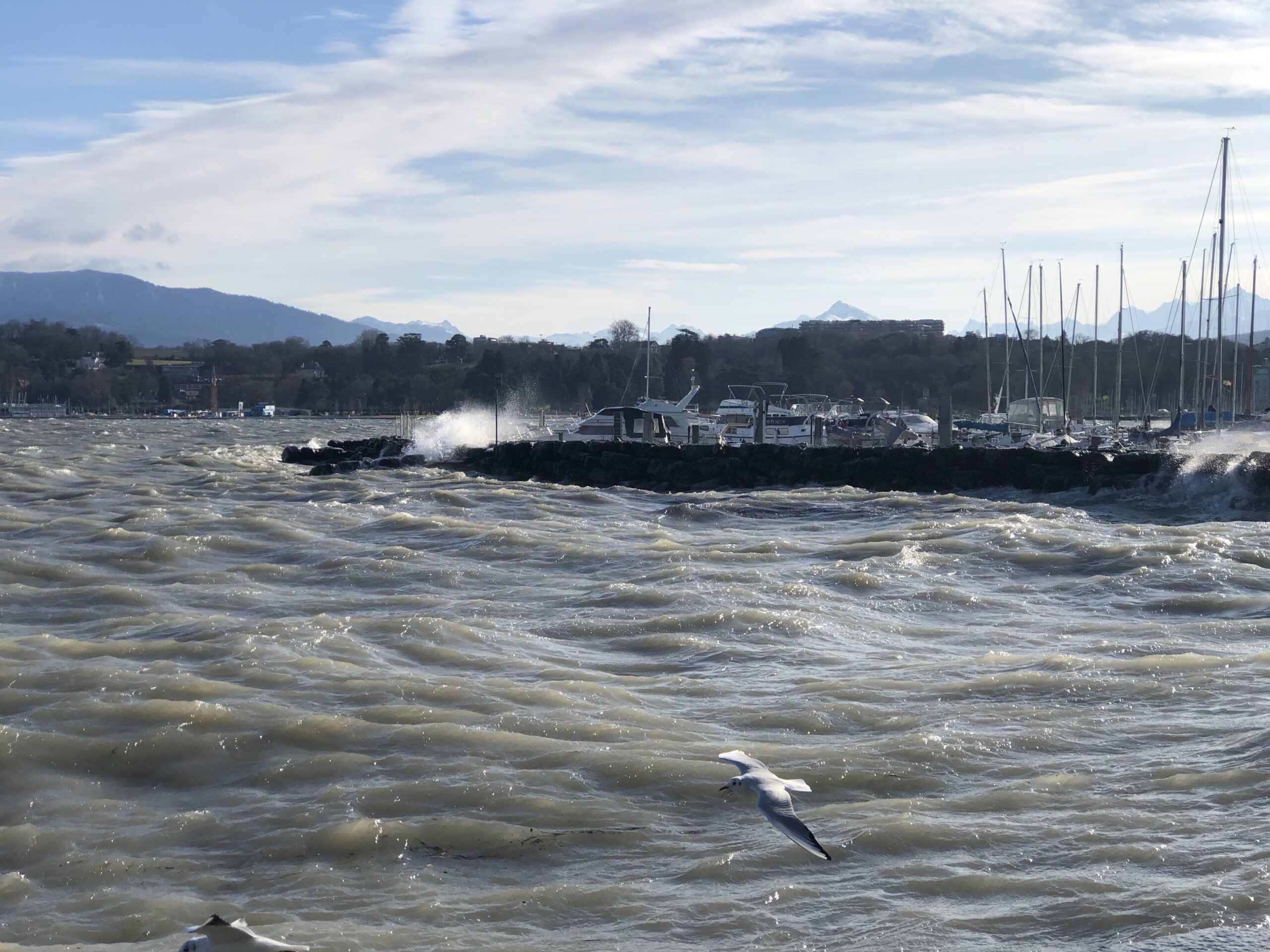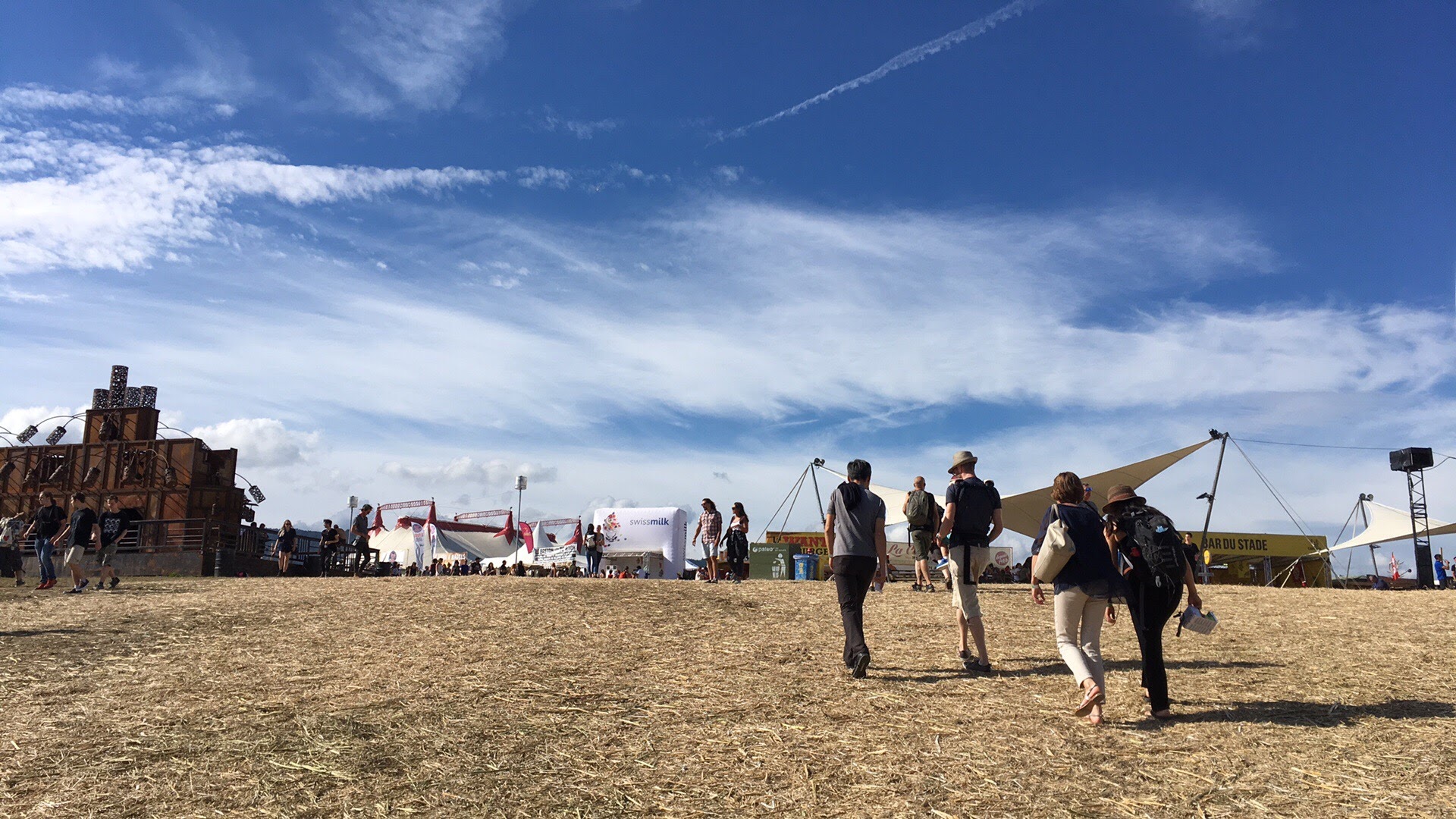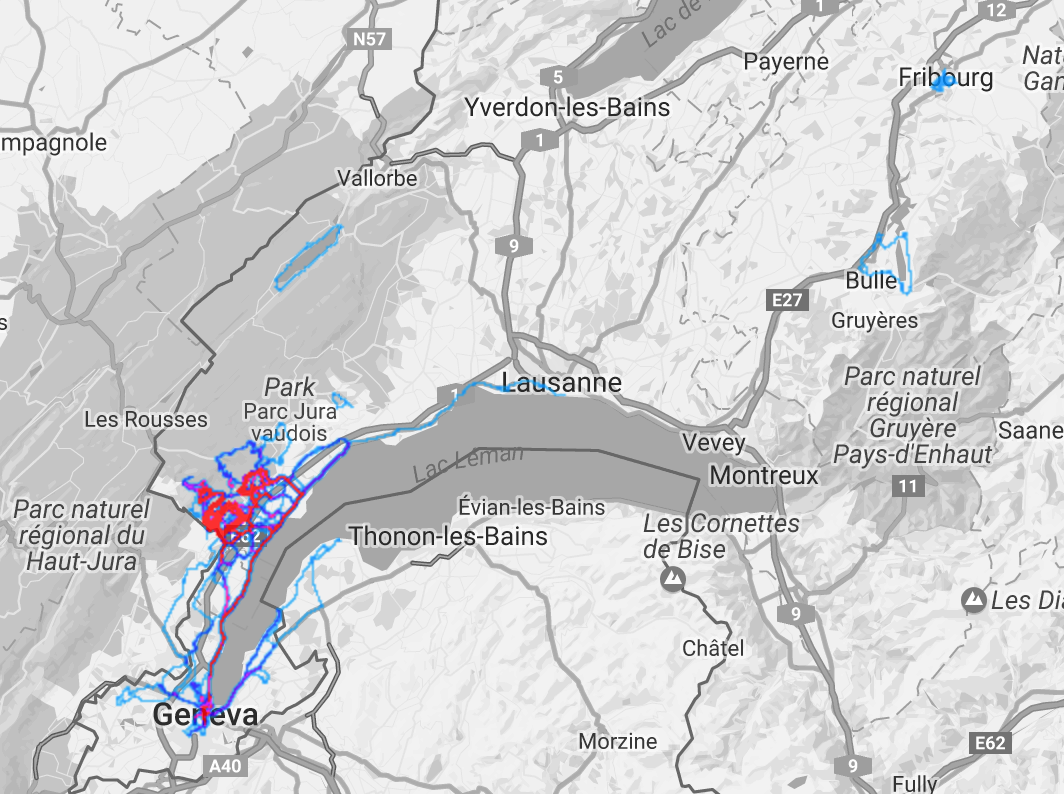Category: environmental
-
Outdoor Sports and Pandemics
Reading Time: < 1 minuteIn theory, pandemics are terrible for your social life because you go from socialising in bars, pubs, restaurants, cinemas, theatres, and cafés to having to stay home like an indoor cat or a fish in an aquarium. For people like me, the thought of not being in crowds of 50 people…
-
Banning Traffic from Cornavin
Reading Time: 3 minutesAlthough this article is two years old La Tribune de Genève wrote again about it and it appeared in my Google Newsfeed. I am not opposed to making cities pedestrian because I love to walk more than I like buses, trains, or other forms of transport. I actually do like trains. When…
-

A Windy Day In Geneva
Reading Time: < 1 minuteThey announced that it would be windy today and it is. Windy days are fun because the lake goes from blue or green to English Breakfast tea brown. The waves crash against the walls and spray the promenade that goes from the Pont Du Mont Blanc to the Jardin Anglais. For…
-
Cloud Timelapses
Reading Time: < 1 minuteCloud timelapses are fun when you can put the camera somewhere and go and do something else. Yesterday I knew that we would go from blue skies and sparse clouds to overcast and rainy so I set up the camera to record a timelapse. I set the interval to one setting…
-

A dry Paléo
Reading Time: 3 minutesA Dry Paléo after the rain A dry Paléo is as normal as a wet one. On Friday and Saturday if you went to Paléo you would hear the sploutch sploutch of shoes walking through mud. Along with the sploutch sploutch you would also hear the noise of people slipping and catching…
-

Environmentalism and Traffic Lights
Reading Time: 3 minutesWhen you’re driving from Nyon to the airport without traffic the journey takes about twenty minutes. If you decide to drive into the city of Geneva that journey time is doubled thanks in main part to traffic lights. It once took me over one hour when scuba diving in Hermance to drive from…
-

A Plastic Ocean – Recycle more
Reading Time: 3 minutesA Plastic Ocean is an excellent documentary detailing the problems and threats caused by plastics entering water systems and eventually reaching the seas and oceans. This documentary starts with a team trying to film whales. When they finally do find the whales off the coast of Sri Lanka they notice that there…
